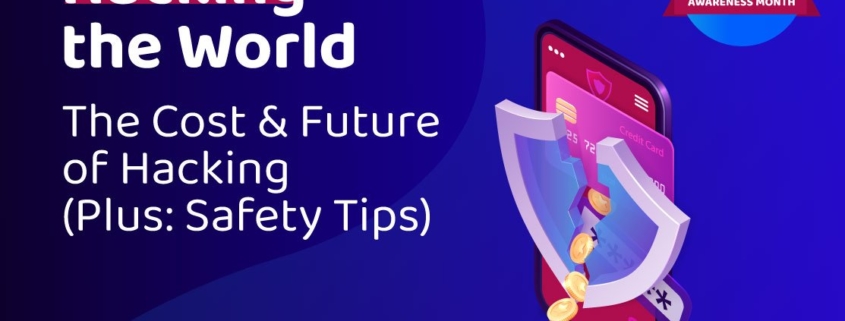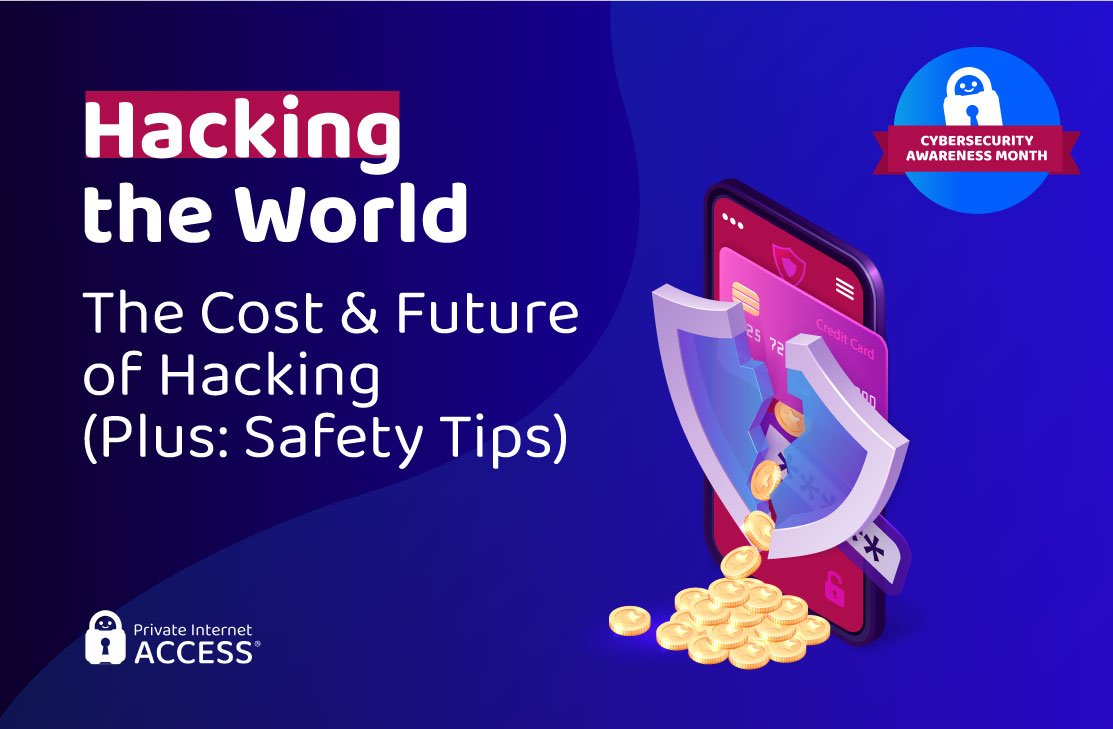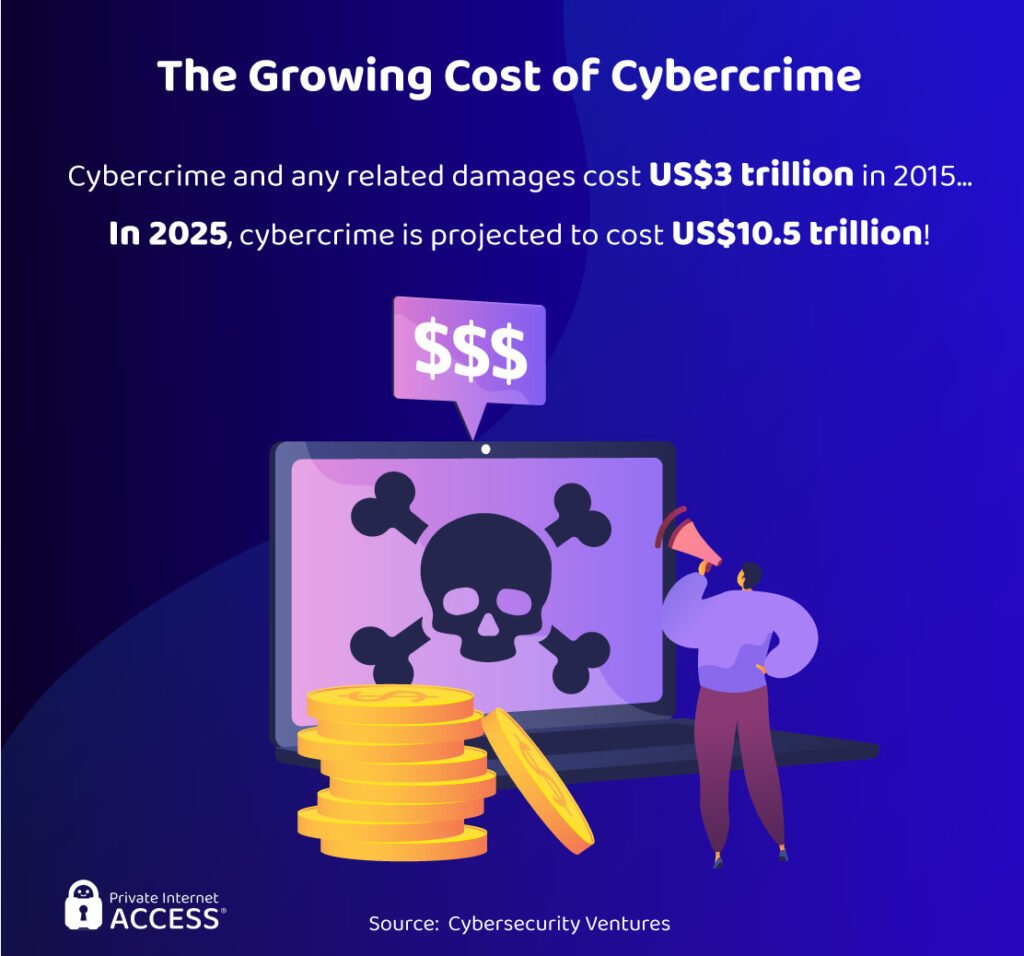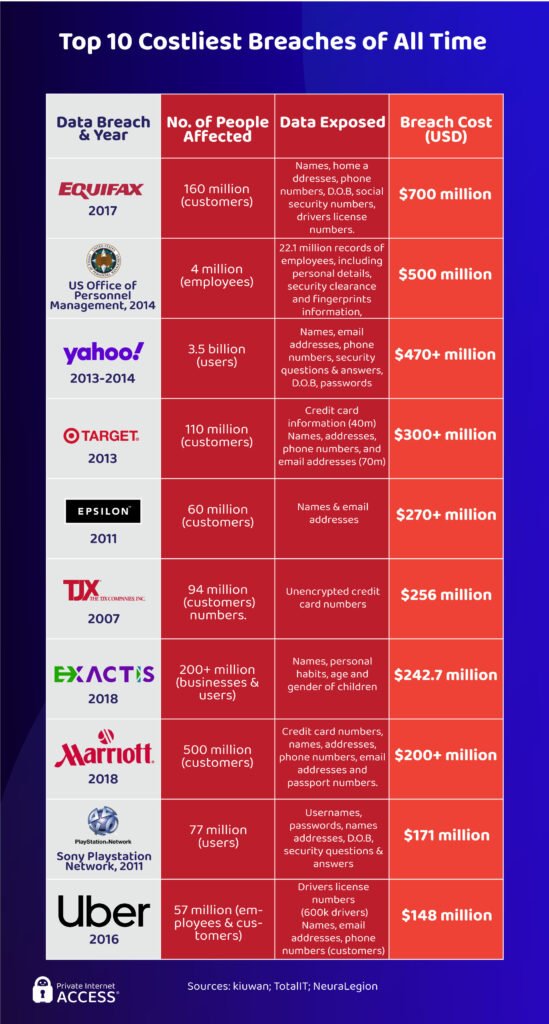Taking part in Facebook ’10 Year Challenge’ may make you vulnerable to hackers
Thursday, January 13 2022
National Desk
If you’ve been on Facebook over the last few days, you’ve probably seen the ’10 Year Challenge’ pop up.
While it may seem harmless, taking part could make you vulnerable to hackers.
It’s called data mining, and many cyber security experts say it’s a sneaky way for hackers to take over your computer.
Many of those seemingly innocent quizzes you see on social media could be part of data mining.
The quizzes ask cutesy questions, such as what was the first car you owned? What was the name of your first pet? What was the first concert you went to?
These answers could be used in security questions when you establish accounts online.
Right now, the ’10 Year Challenge’ is circulating again on Facebook. It asks you to post a picture of yourself from 10 years ago and a picture from today.
It may seem harmless, but it’s not.
“Once you provide this information to the public – and that’s what you’re doing – there’s all kinds of things that you haven’t thought of yet and someone next year will think of an idea of how to use this data in some way you have not imagined,” said Dr. Terrill Frantz, with Harrisburg University.
Here’s the bottom line: Any personal information or pictures you put on social media could be used by a hacker to gain access to your accounts.
Think twice before posting.
Article is invalid or is no longer published.







